Our Honest Garden Grows: 5 Things I Learned In My First Gardening Class
If you’re just dabbling in organic home gardening practices, you’ve landed in the right spot. Check out these ideas I’m looking forward to trying from my first organic gardening class. This post is part of the Our Honest Garden Grows series through which I share my adventures trying my hand at simple home gardening. Come along and learn the ropes with me.
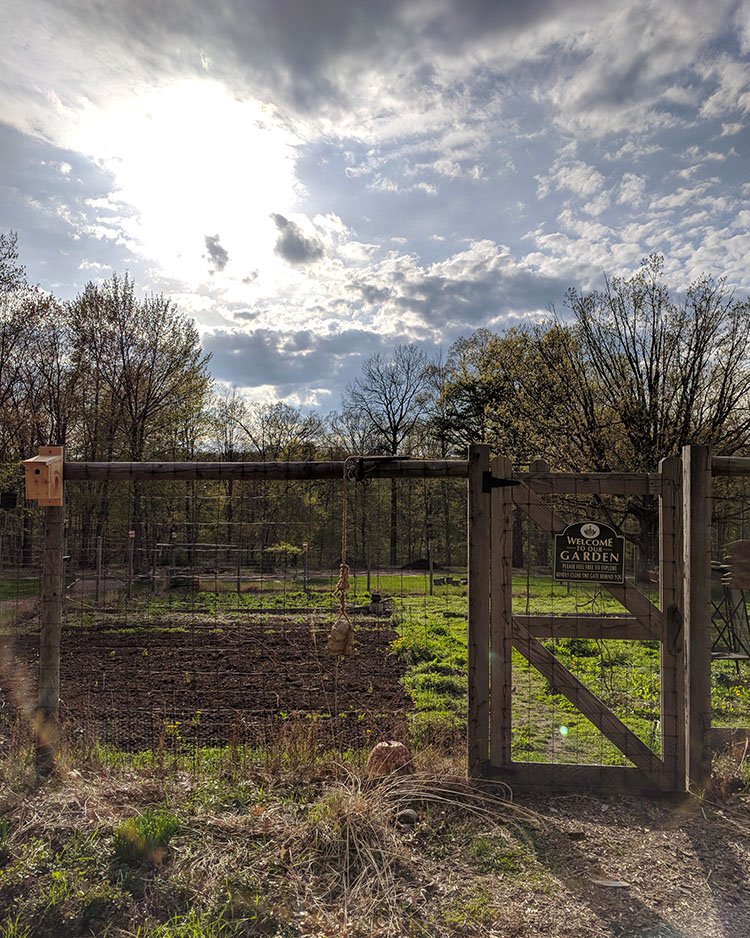
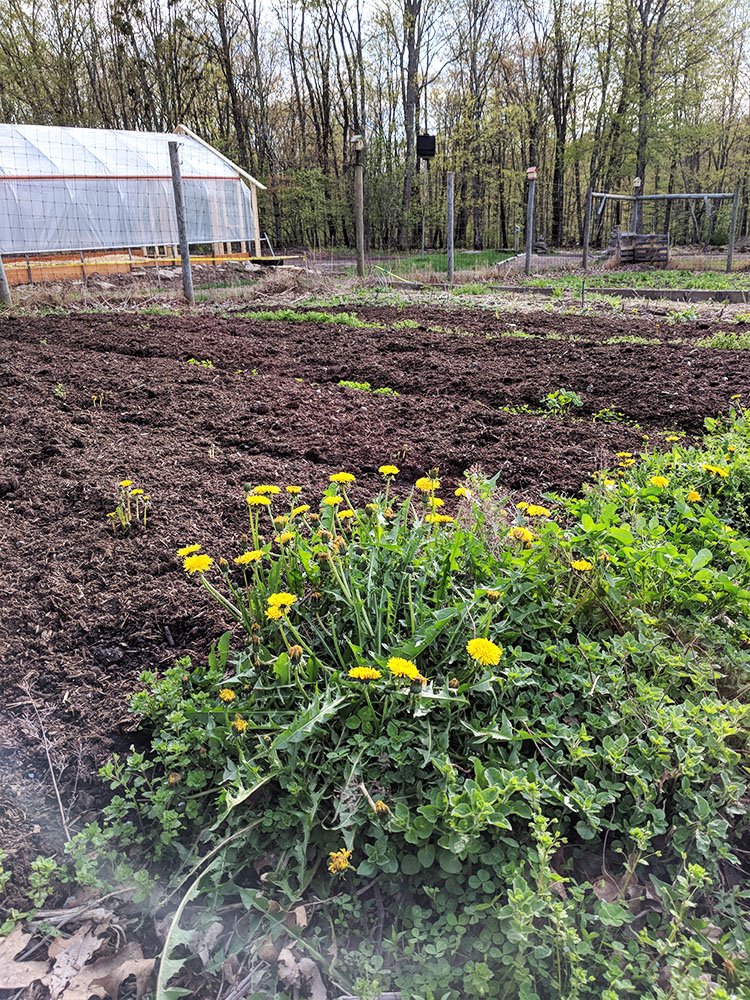
During a recent stay at a wellness retreat, I had an opportunity to participate in my first gardening class. I’ve been getting some help from a friend of a friend to get this whole gardening thing started, but I was pumped to get another perspective, especially one focused on organic methods.
In my journey to grow a fruitful food garden, I’ve been reading some books and articles online, but I haven’t had an opportunity to see organic farming in action. I jumped at the chance to see it in person and pepper the gardener with my questions. As an aside, those who know me know I’m excellent at asking questions. When I want to learn somehting, I show up “guns blazing” with questions. Luckily, the gardener was ready for my fury.
In just an hour, I learned so much. I didn’t get to all my questions out of respect for the instructor and time constraints. There is so much I don’t know that I could have asked questions all day and the class only lasted an hour. But I did learn a bunch of things and answered a few of the pressing questions I had in my mind about what to do in my garden. Here’s the rundown, and maybe a few of these tips will help you too.
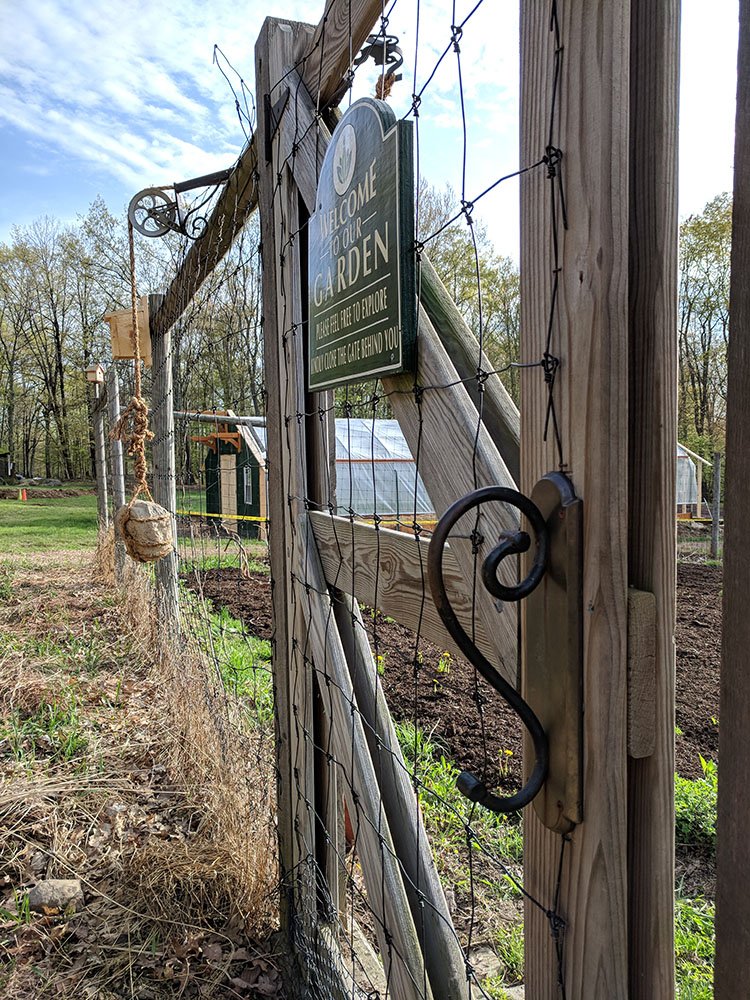
Let The Walkways Grow Wild
I’ve been debating about how to keep the pathways in our garden from being overrun with weeds. I definitely wanted something low maintenance and wasn’t particularly interested in lots of chemicals. While I’ve focused on eliminating pesky weeds, he offered an alternative.
Nature likes the weeds for a reason. Many of them are great flowers for bees to enjoy before and in between periods when the fruits and vegetables need pollination. They offer less desirable bugs an alternative for snacking to the plants we want to grow and eat for ourselves. They also help manage water flow and keep the soil healthier by increasing the diversity of things that grow in it. As long as they aren’t impacting growth of desired crops, why not welcome them to the party?
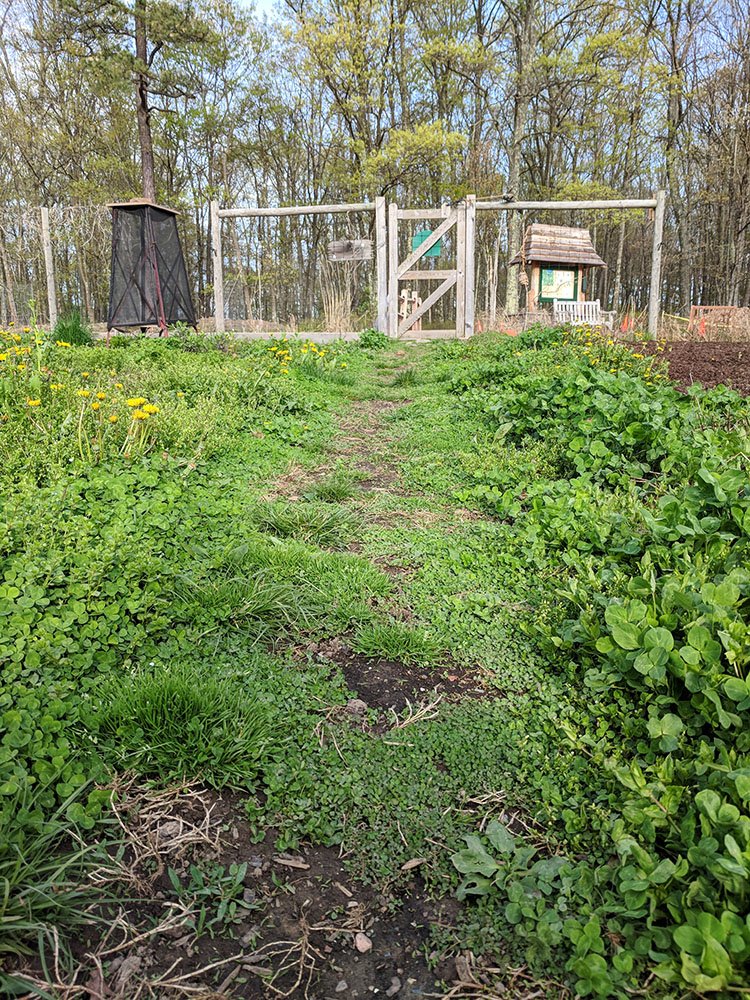
In addition to things that grow naturally in the walkways, the gardeners plant small clover, a low growth plant that spreads like crazy, to cover much of the pathways. Then they run a non-motorized push mower through the pathways occasionally to keep weeds from growing too tall. This also helps keep the ground softer so it’s easier to kneel and work. I’ve been searching for a low-maintenance, sustainable way to manage this, and I think this will work great. Wish me luck?
No matter where they are (pathways and between bed), leave flowering weeds, like dandelions, for the bees and other pollinators to enjoy. Dandelions in particular don’t require many nutrients, so they aren’t a concern to absorb all the nutrients in soil, “stealing” from the crops around it.
Try Companion Planting
Certain plants pair well together and support each other’s growth. Alternatively, some plants harm other plants in the area. It’s a bit late this year, but next year I definitely want to browse companion planting guides. Companion plants protect or help foster growth in other plants. They also attract pests to the plants you don’t care about so those bugs will hopefully leave alone the plants you really want to grow.
Rotate The Location of Plants
I had a sense to do this already, but the instructor reinforced the importance of changing up from year to year where certain types of vegetables and flowers are planted. Bushes and trees (like our blueberry, raspberry and peach trees) will hopefully establish long-term homes in their current locations. But for annuals like tomatoes, cucumbers, and carrots that we plant each year, moving crops around helps create healthier soil. Different plants need and use different nutrients from the soil and also leave their own mark. Rotating crops (though I hesitate to use the word ‘crops’ world given the small amount of each food we plant) helps ensure the soil has diverse nutrients and minerals and one plant doesn’t exhaust the soil in a particular area.
Consider Direction of Water Flow
Unless your garden sits on a completely flat plot of land, consider in which direction water will flow when it rains or snow melts. Plant beds perpendicular to the flow of water so that water is absorbed by each each bed as it travels down an incline. If beds are parallel to the direction of water flow, the water will likely create little streams between beds down which to run and much of the water may rush right past the thirsty plants. This is such a simple idea but one I never would have considered.
Cardboard Boxes to Start Beds
Instead of recycling your Amazon boxes (because we certainly get enough of those), consider using them to start a new bed in your garden. Right on top of the grass or dirt where you would like to start a bed, place a layer of cardboard followed by a few inches of compost or fresh soil. Plant your seeds and then add a 6″ – 8″ inch layer of straw, something you can buy at your local garden center. Be sure to water the bed, especially if it’s dry. Then let the worms get to work turning all that cardboard and straw into nutrient-rich soil for your beds.
Plant Mustard … For the Bees, the Weeds, and the Soil
Mustard can be a great addition to the garden. It helps protect other plants from bugs, is great for the bees to add some variety for pollination, grows voraciously to prevent weed growth, and helps replenish soil health. I didn’t plant it this spring because I’m just learning about it, but I definitely think I might plant it this fall as a cover crop for the soil after we harvest the vegetables.
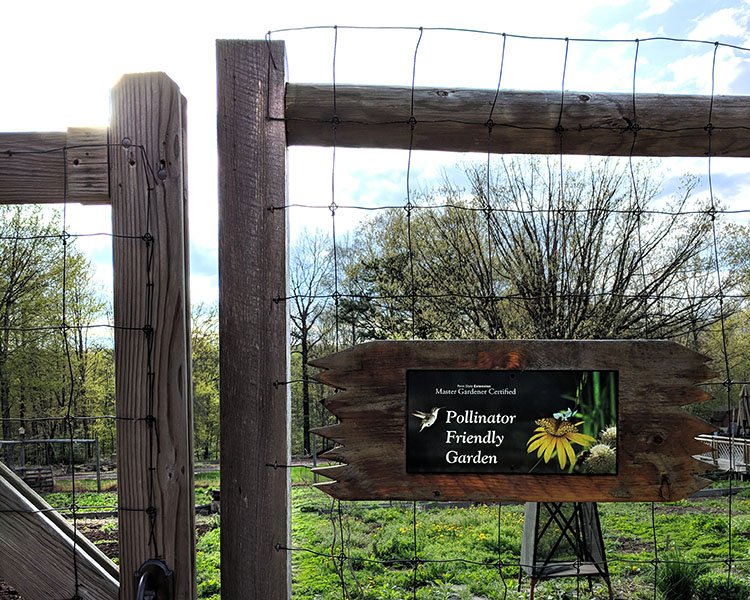
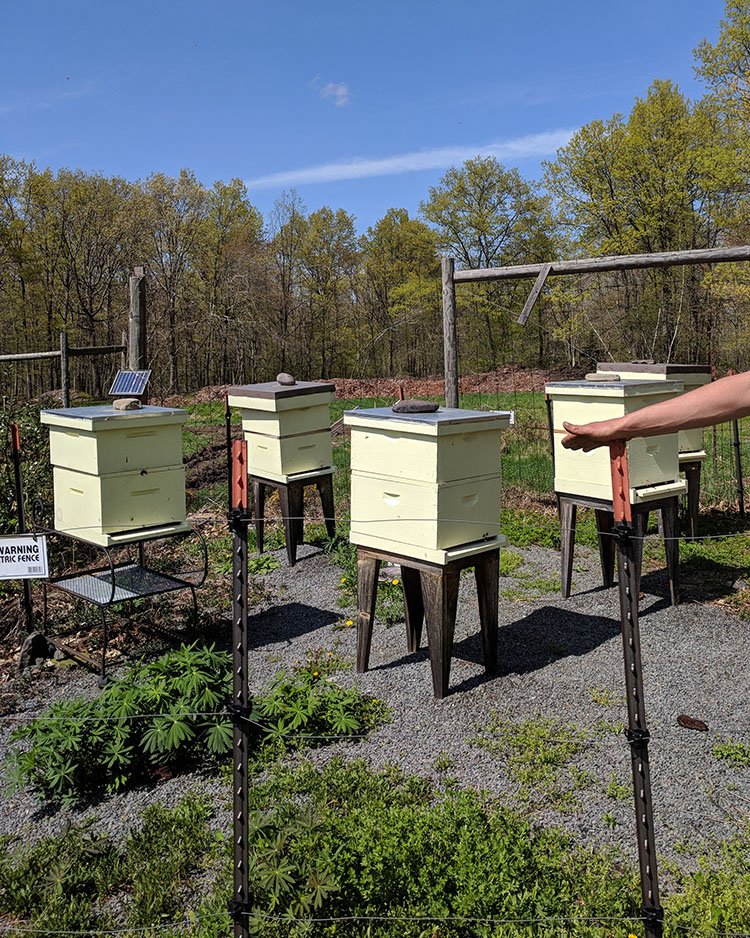
Cover Crops Off Season to Enhance Soil Quality
Cover crops are small vegetation planted during times when the bed isn’t being used for a specific plant or flower intended to be part of the garden. For example, cover crops can be planted in fall after vegetables are harvested or in the height of summer between a spring and fall crop.
Cover crops help increase soil diversity, manage water absorption in the soil, and provide nectar and pollen for pollinators, among other benefits. However, they can also take over the garden if left to their own devices.
I haven’t quite been ready for cover crops so far, but I think I might give them a shot in some of the raised beds this fall. They seem like an interesting next challenge in stepping up my ‘garden game’, now that they are in my arsenal.
Leave Sunflower Stalks Standing
Just because the sunflower died, the stalks can continue to be a fixture in the garden. They make great stakes for beans and tomatoes. They can be left where planted for a while (maybe a year) before the roots decompose. Then they can be pulled up and used like wooden stakes. We planted some really tall sunflowers this summer. So far, only a couple are growing, but I would be pumped to have the stalks for future. I love how this is such a zero waste idea in a space like home gardening already ripe with zero waste options and advocates.
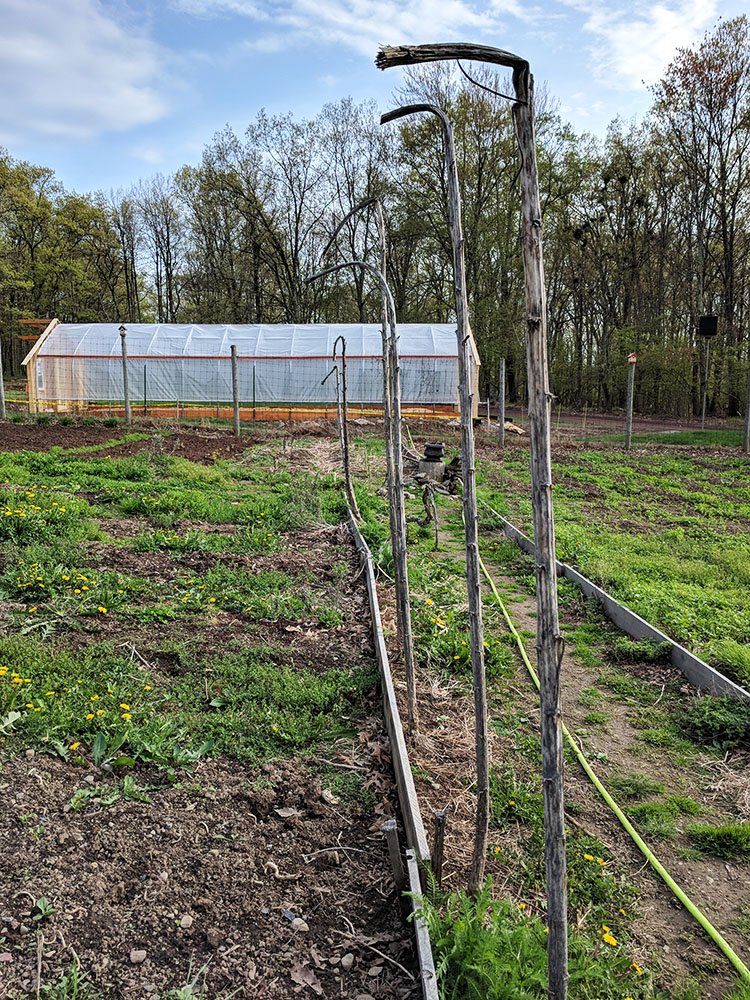
Now that I have this list of ideas, it’s a bit like a check list of things to dig into over the next several seasons. I’m too overwhelmed to try them all, but they’re all pretty appealing experiments.
If you want to see more of our garden, I share photos on Instagram and posted an episode on IGTV giving an introduction to everything we’re growing. You can follow along on Instagram and check out the episode here.
Have you tried any of these ideas in your own garden? If you have any other organic gardening tips for beginners (or intermediates, if I’m feeling ambitious), be sure to share them in the comments. This is all one big experiment for me, so I’m thrilled to have more ideas to test out and from which to learn.
If You Liked This Post, You Might Also Like
5 Lessons Learned In Our First Year Gardening
Gardening: Best of Beginner Intentions
You Can Make Dirt Composting Series

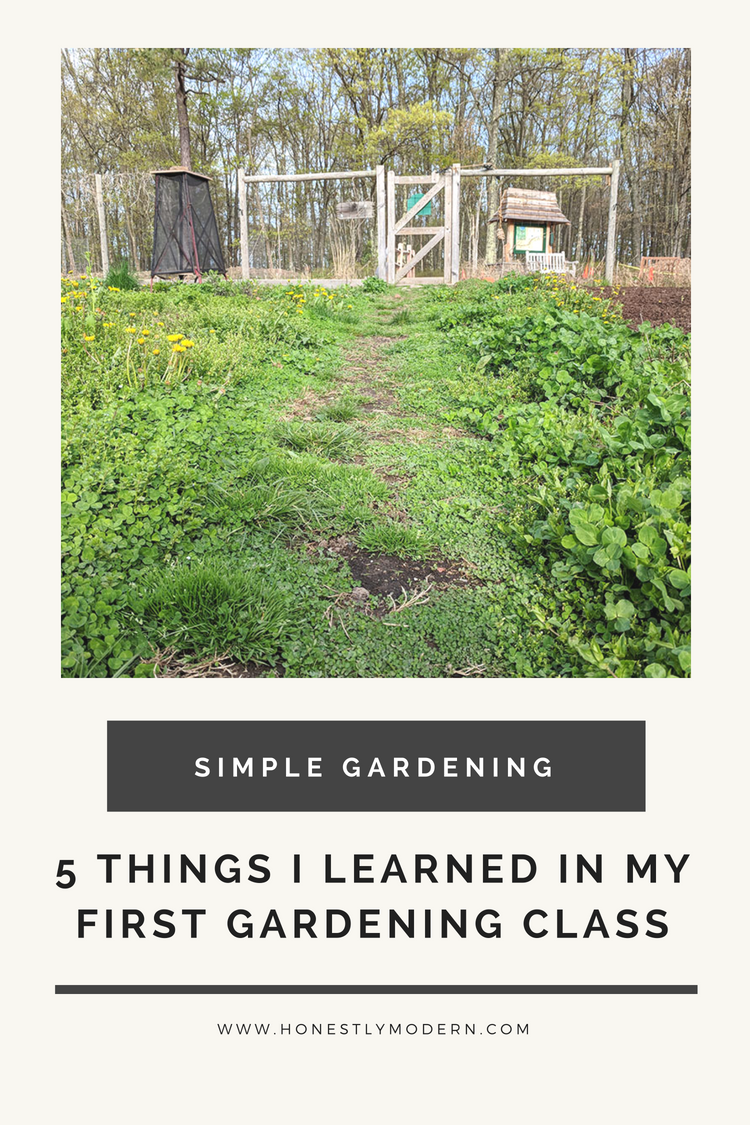

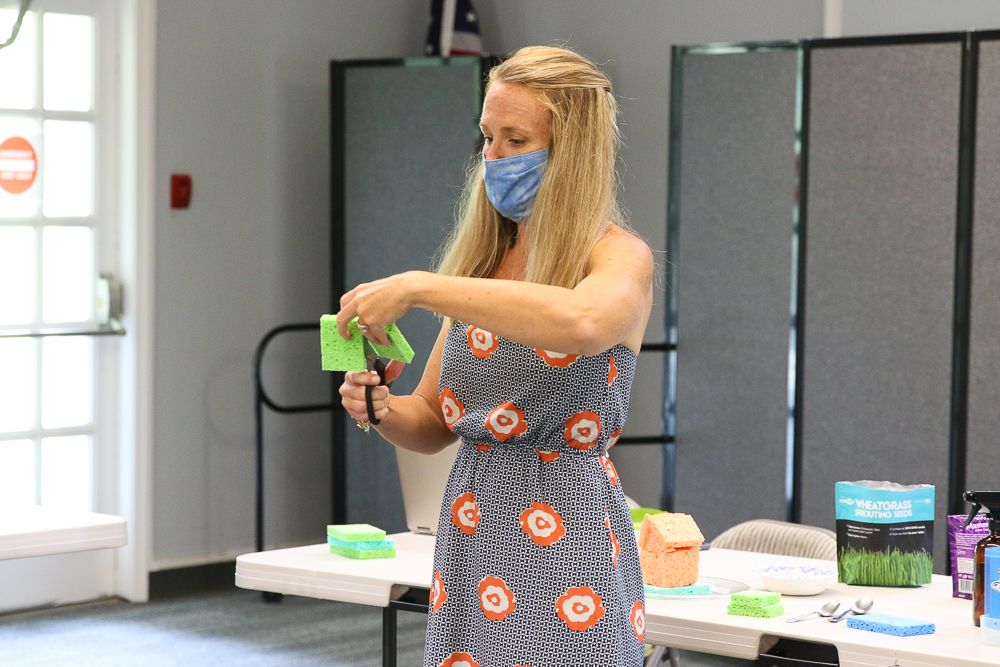
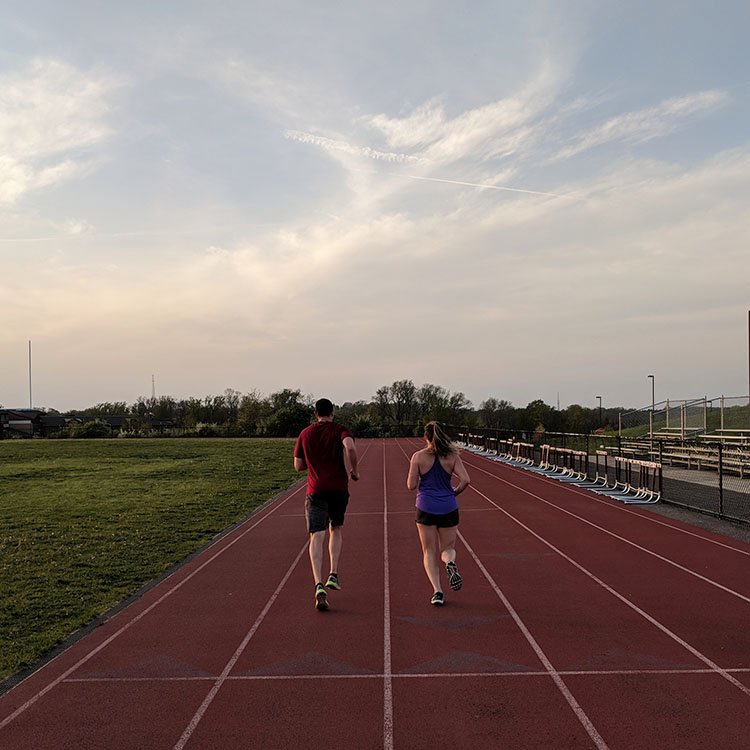
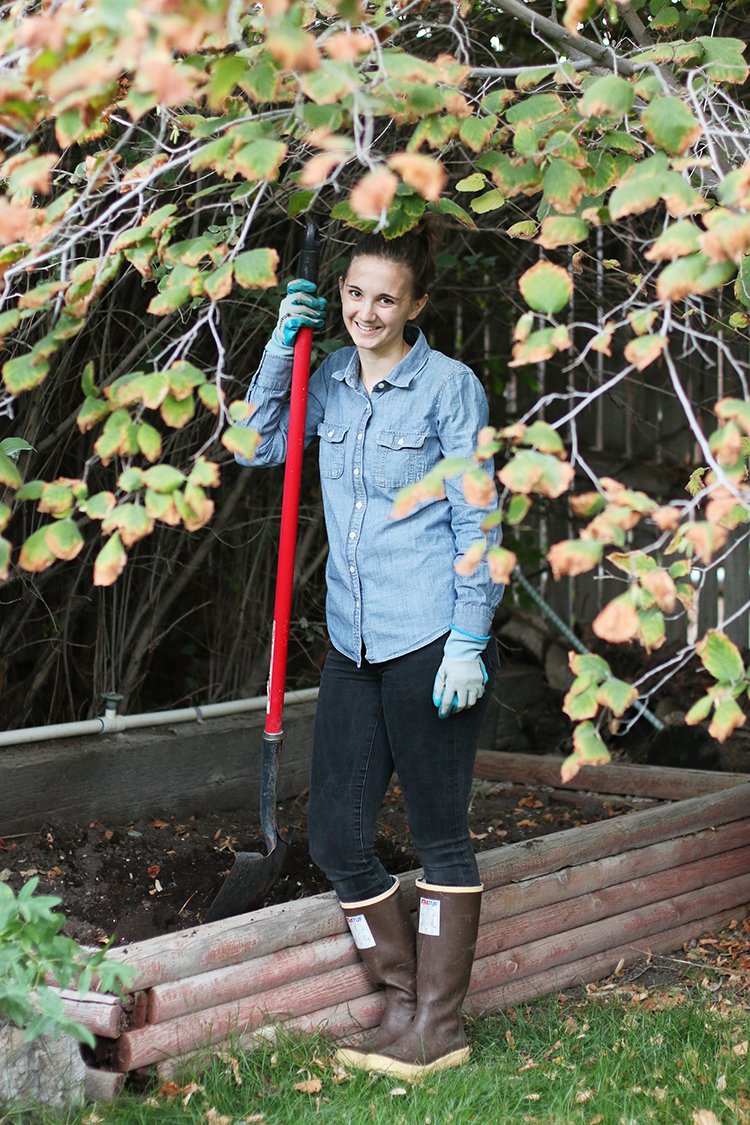

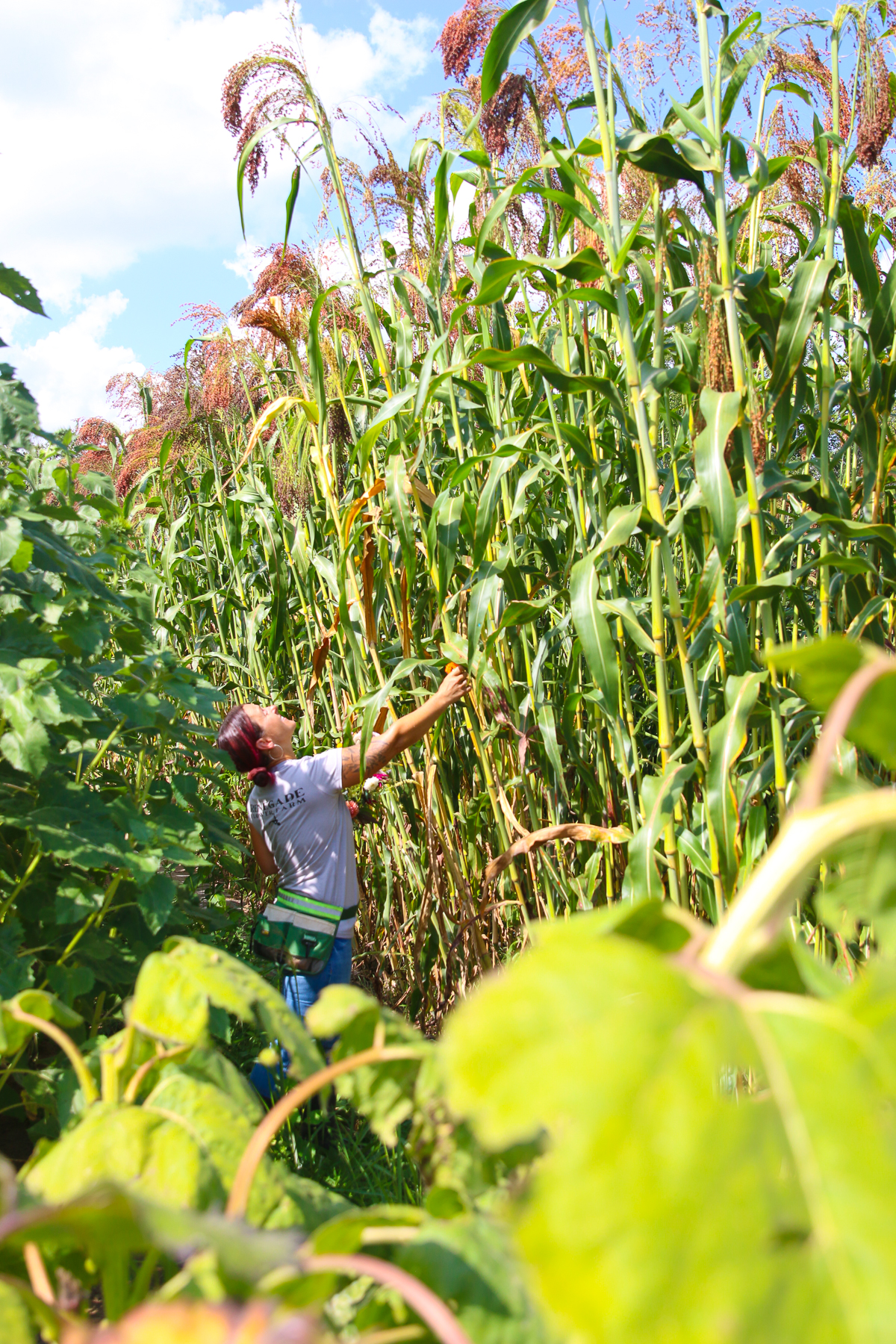
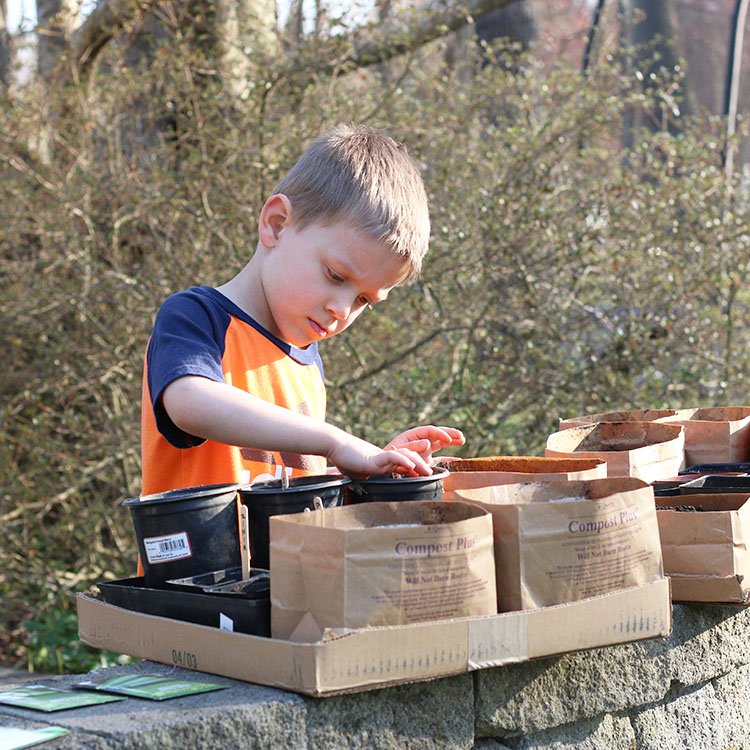

hi, it great pleasure by visiting your website which covered the secrets of the gardening under the one umbrella more you used the content aesthetically